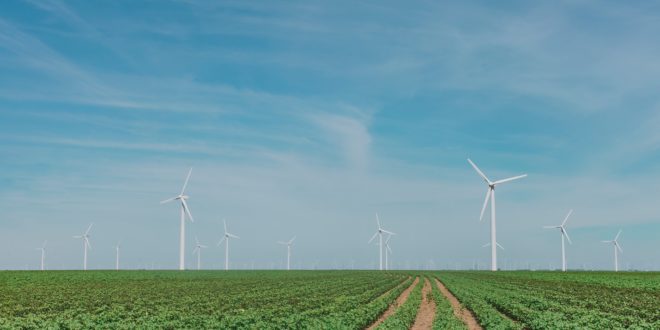Our modern society can’t function without energy, but due to climate change, we’re starting to make the transition to sustainable power sources like solar, wind and hydro. Right now, even though it’s the more sustainable option, green energy isn’t as affordable as it could be. How can the electric industry become more affordable while providing secure, reliable energy?
What Influences Electricity Costs?
First, what influences electricity costs? The price of power will vary dramatically depending on a number of variables, including:
- The cost of fuel, especially for fossil fuel burning plants. The cost of fuel will often climb during periods of high demand.
- The cost of running a power plant.
- The cost of maintaining the power grid. The money that it takes to repair and maintain the power distribution system is added to the cost of power for a given area.
- Weather conditions, especially in areas that rely on green energy like solar, wind, and hydro.
- State regulations that can limit how high or low power costs are allowed to be.
Businesses will pay less per kilowatt-hour than residential properties. On average, homeowners will pay nearly 12.89 cents/kWh, where the transportation industry will only pay 9.77 cents, and the industrial sector will only pay 6.93 cents/kWh, as of 2018.
Improving Rural Energy Security
City power grids are fairly stable because of the sheer number of people who rely on it. In the United States, 20% of the population lives in rural areas, but they’re often so spread out that it’s challenging to provide reliable energy. To combat this, in the 1930s, electric cooperatives were created to help deliver electricity to these remote homes. Today, these cooperatives provide power to homes in 47 states, serving about 42 million people.
As of July 2019, as much as $20 billion in federal funds could be available by 2020 to allow those electric cooperatives to bring broadband internet to these rural areas. This is the first time that electric co-ops have been allowed to bid on these auctions. The auction itself has been pushed back to 2020 but may allow electric co-ops to make direct changes for the rural homes and businesses they serve.
Transitioning to Renewable Energy
As a species, we need to start making the transition to renewable energy to reduce our impact on the planet. We’ve only been using fossil fuels for power generation for roughly 200 years, but if we keep burning through them at our current rate, we’ll run out by 2060. That may also be the last step toward making electricity more affordable. One report by the International Renewable Energy Agency found that by next year, renewable energy will be cheaper than fossil fuel-generated energy.
The cost of generating wind energy has dropped by 23% since 2010, and the cost of traditional photovoltaic solar panels has dropped by 73% in the same period of time. Renewable energy will slowly start to replace fossil fuels, which will help to secure reliable, affordable energy for the future.
Making Energy Affordable
As we make the transition to green energy, powering our homes and businesses will become more affordable. The electric co-ops that that power roughly 42 million homes may also soon have the tools to bring broadband internet to those some homes.
It might take a few more years before green energy and rural broadband become mainstream, but with the climate change deadline looming and our fossil fuel stores starting to run low, that transition is no longer an option — it’s becoming a necessity. While helping the planet is a fantastic side effect of switching to green energy, it will also make powering our homes and businesses more affordable.

Green Jobs
How to Apply for a Green Job With the demand for green jobs skyrocketing so far in 2017, giving yourself a unique edge can be difficult—yet absolutely necessary—in order for you to become a proud worker for Mother Earth. Follow these steps to successfully claim your next environmentally friendly employment opportunity. 1. Resume: Make sure … Continue reading..



